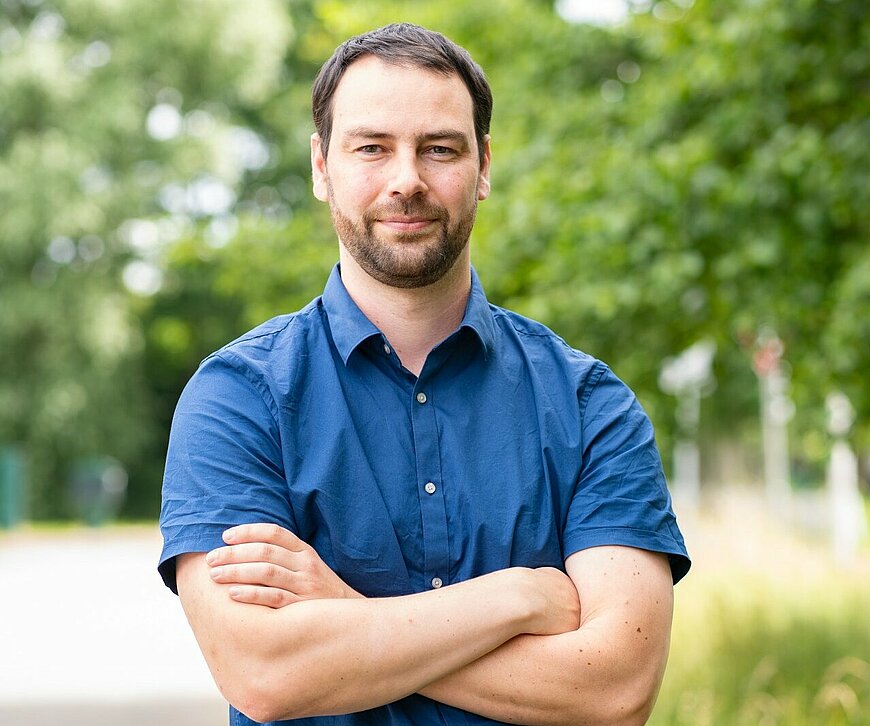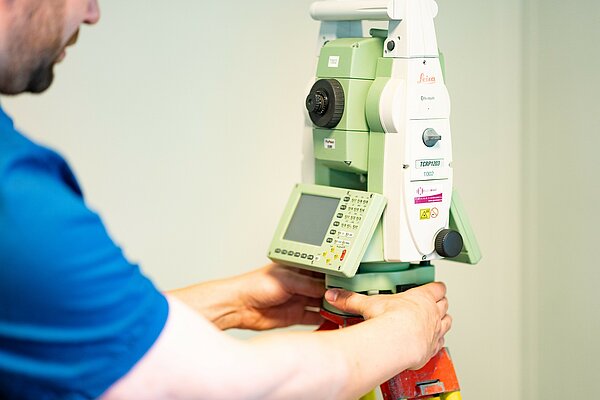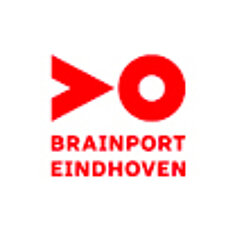'Approximately is not good enough'

Interview with Pascal Kiers from Geomaat, partner of the DITM project.
DITM stands for Digital Infrastructure for Future-Proof Mobility. It is a national project subsidized by the Dutch government. Within the project, Brainport Development and RAI Automotive Industry NL collaborate with partner companies to implement the digital infrastructure for automated transport. This allows us to make our mobility more efficient and safer.
In work package four, TomTom, Siemens, Geomaat, Monotch, Vtron, and TNO are working together on the development of digital maps and traffic management. Components of this include innovative digital map production systems that produce and update maps based on continuous sensor observations of the road infrastructure and the increasing number of 'smart' vehicles on the road.
Please introduce yourself!
My name is Pascal Kiers and I have been working for Geomaat for about nine years. Currently, I am a coordinator in the Process and Innovation department, where I mainly work on the DITM project. Within this project, I am the co-task leader of work package four, together with our director Jolle Jelle de Vries. As task leaders, we consult with the other task leaders from the involved companies and jointly look for interesting use cases to work on. Our goal is always to achieve our objectives as described in the project plan. An example of this is automating the way we create digital maps by applying innovative solutions.

What are you working on in the DITM project?
Geomaat is a surveying engineering firm specializing in measuring, collecting, analyzing, and processing geodetic data in the spatial domain. For example, we create many different digital maps for our clients. We use very advanced equipment such as lidar laser scanners for this. The downside of this equipment is that once we have collected the data, it takes some time before we have created a map. This is because there is a complex calculation process behind it. Additionally, it is natural that once we deliver a map, it can quickly become outdated. A traffic sign present during data collection may be removed two weeks later. This affects the currency of the map. The collected data is thus a snapshot in time.
Within the project, we work closely with TomTom. TomTom has access to data collected with passenger cars. These cars are equipped with sensors that perform so-called Sensor Derived Observations (SDO). These sensors detect and recognize traffic signs, poles, and objects along the road. The advantage of this method is that hundreds of cars share relevant road information with us daily, making the data extensive and current. The downside is that this data is less accurate. Within the project, we therefore try to combine the data from TomTom and Geomaat to ensure that we always have the most current map available with the highest accuracy.
The advantage of this method is that hundreds of cars share relevant road information with us daily, making the data extensive and current. The downside is that this data is less accurate.
There is also a need for this data within the other work packages of the DITM project, as many technologies are being developed to make digital infrastructure for mobility future-proof. Access to accurate and updated maps is essential for this. By automating and applying innovations such as AI, we can ensure the currency of the maps in the future.

Why is it important for you to participate in this project?
One of our core values is innovation. We have been trying to optimize our work process for years. Therefore, we try to automate as much as possible, which makes it faster and reduces the chance of errors. The DITM project fits very well with this. Creating a digital map takes a lot of time and involves a lot of computer work. If we can shorten this time, we can create maps faster and more efficiently. The knowledge we gain in this project is the next step in our automation process.
Our goal is to deliver fully automatically generated exact maps in the future. This will meet the future information needs of our partners and clients, such as road managers.
Additionally, accurate road information is important for new generation cars equipped with positioning sensors. These vehicles need current and accurate data to position themselves correctly on the road. Therefore, we try to connect the accuracy of surveying with the new techniques being developed in the automotive industry.
Information provision is thus a kind of triangle between us as surveyors, the road managers responsible for maintenance and data provision, and the automotive industry. For us at Geomaat, collaboration with the automotive sector is relatively new. We see that now that we are making this connection, it is yielding beautiful new use cases. The SDO system we are now working on with TomTom is a good example of this. That is very nice about DITM.
Additionally, we have developed traffic sign detection; our Mobile Mapping vehicle scans and photographs road situations. In the photos, we detect the traffic signs and then match them to the measured reality. This way, we know exactly to the centimeter where that sign is located. These signs are then automatically placed in a drawing. Every aspect that we still draw manually, we will automate. This should eventually lead to us putting all collected data into the computer every Friday, and on Monday, an up-to-date and fully automatically updated map rolls out. That is our end goal.

How do you see your role as a company in the future of smart mobility?
We can play an active role in providing the data needs of smart mobility end users. These can be governments and road managers who need that data, but also the end users themselves, such as vehicles. We are mainly focused on providing the right map data. Autonomous driving will become increasingly important in the future. For safe use of this type of transport, accurate data is essential. Approximately is not good enough in this regard; we work precisely. That is the strong point that we as Geomaat bring.
Personally, I think it will take about ten more years before we see autonomous driving on a larger scale.
Personally, I think it will take about ten more years before we see autonomous driving on a larger scale. Not so much because it is not technically possible, but mainly because we depend on laws and regulations, the maps of different countries need to be aligned, the road furniture needs to be in order, and agreements need to be made at the European level. That will take some time. Nevertheless, it is important to invest in the necessary techniques now, so we are fully prepared for it in the future.
Which party would you like to collaborate with to achieve success, and for what reasons can people contact you?
I find it very interesting to combine our surveying aspect with the needs of the automotive industry. This collaboration is new for us, but I expect many possibilities if we can combine accuracy and currency. We are significantly shortening the lead time of our products and developing other ways to update our maps, as we are now doing with the SDO data. As a company, we have a lot to offer.
